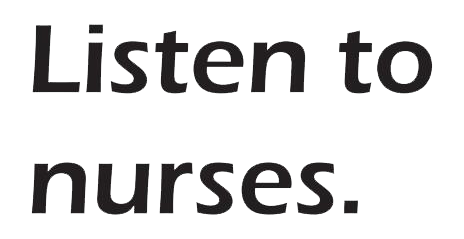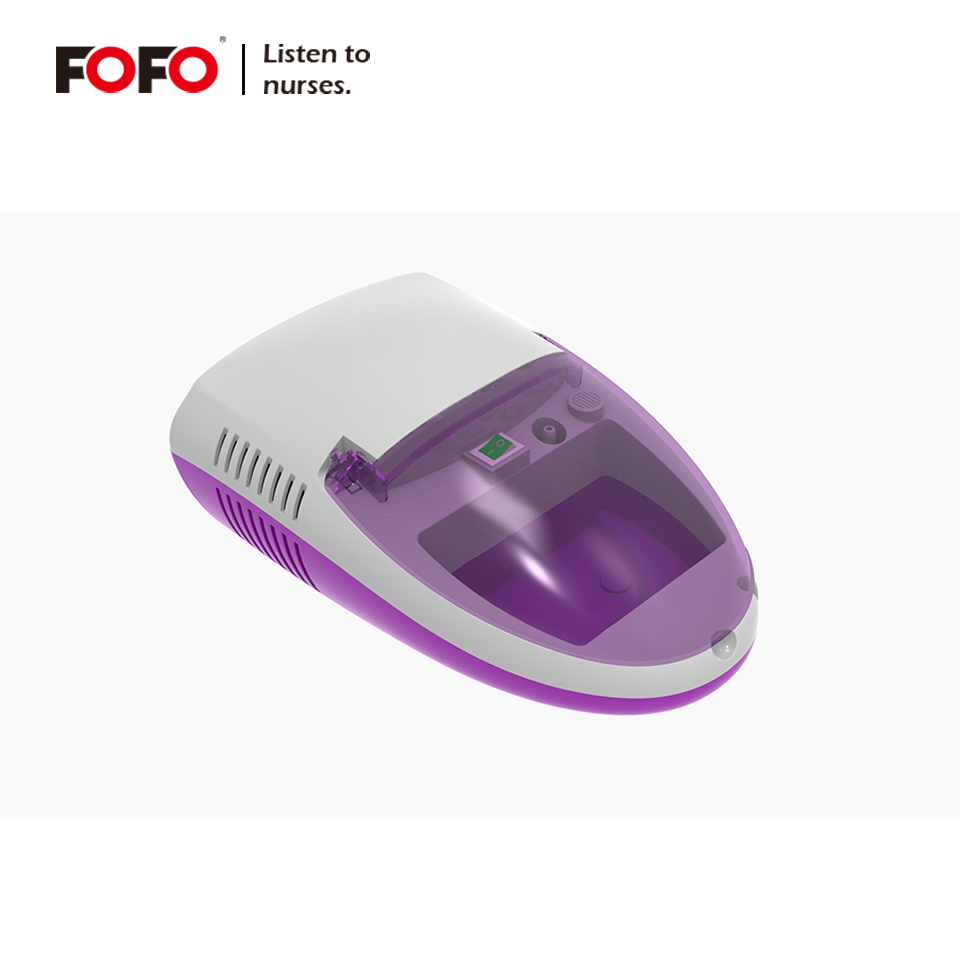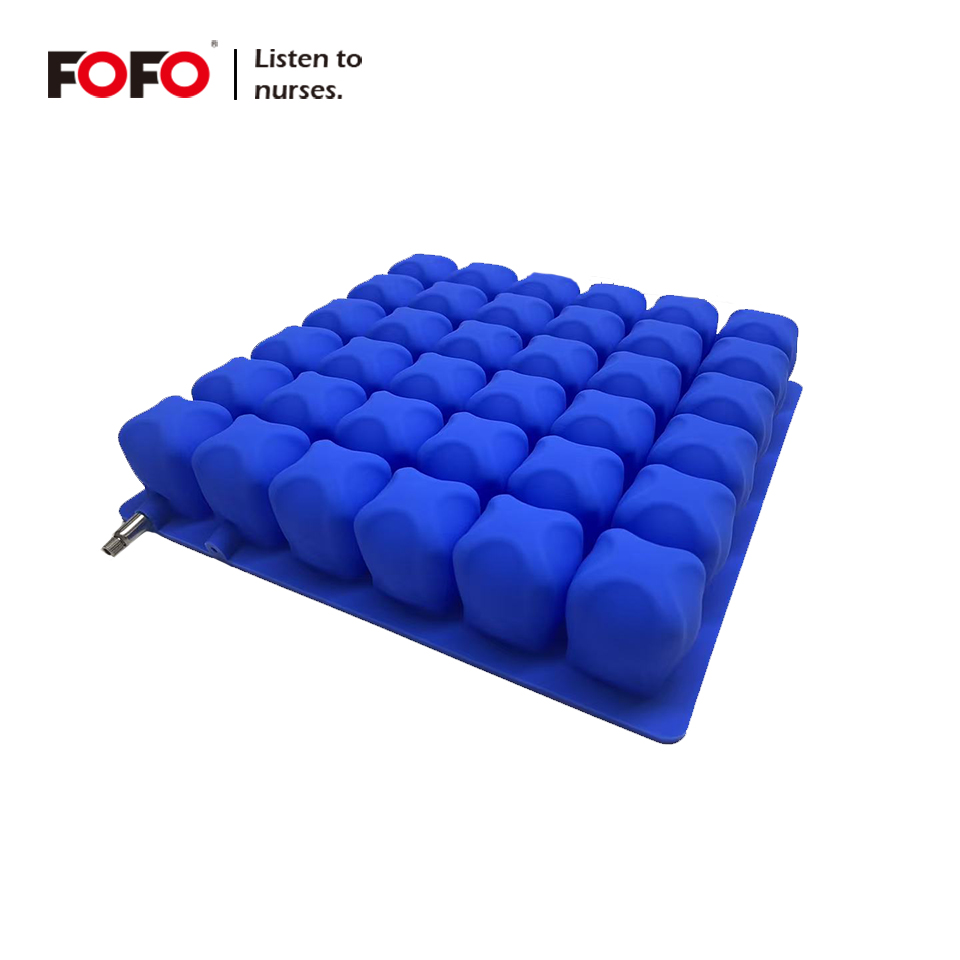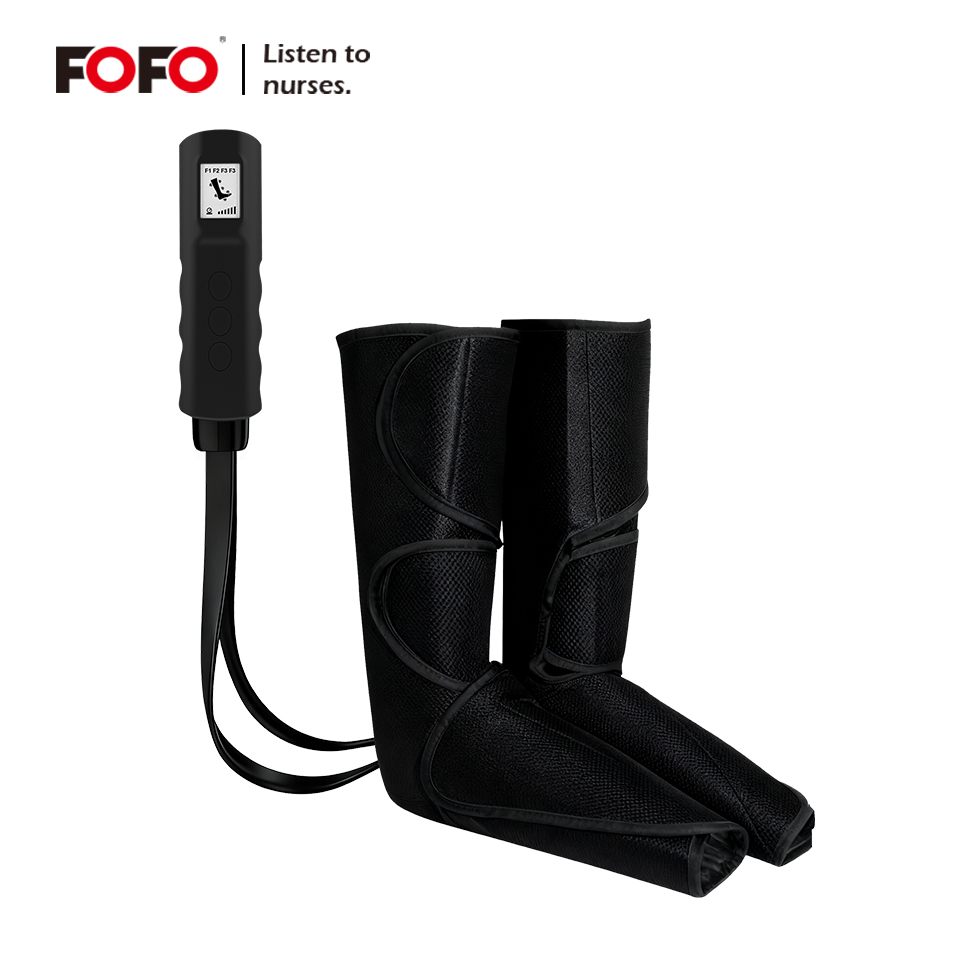
Discover advanced Hand Recovery options designed to enhance rehabilitation and recovery processes. Offering support and relief for injuries, these solutions promote efficient healing and restored functionality.
In the aftermath of a stroke, regaining dexterity and strength in the hand is often one of the most challenging aspects of rehabilitation. Traditional therapy methods, while effective for many, can be slow and labor‑intensive. Enter the era of robotic innovation: devices like the hand rehabilitation system harness flexible robot technology and cutting‑edge neuroscience to speed up progress and improve outcomes. This article explores how the latest advancements are transforming Hand recovery for stroke survivors, cerebral palsy patients, and those with hemiplegia, delivering faster, more reliable results.
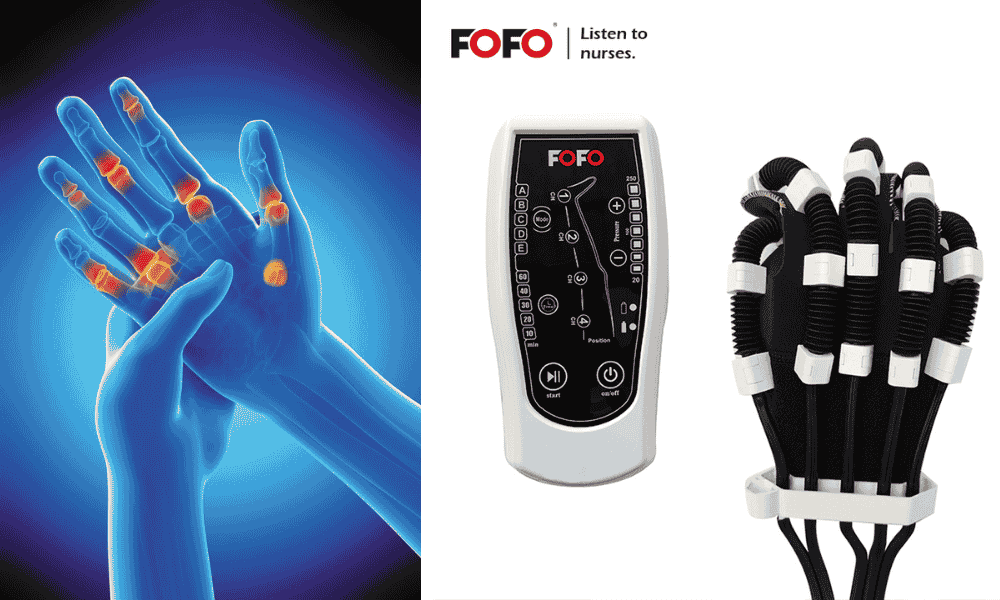
Hand Rehabilitation Device Finger Recovery Training
Contents
Understanding the Science Behind Hand Recovery Revolution
At the core of modern Hand recovery devices lies a convergence of biomechanics, neuroscience, and robotics. When a stroke damages the motor cortex or the neural pathways connecting the brain to the hand, the body loses critical communication channels. Robotic systems employ precise, repetitive motion training—often guided by brain‑computer interface data—to reestablish these connections.
Flexible robot technology adapts to each user’s unique movement pattern. Embedded sensors monitor force, position, and speed, providing real‑time feedback. This closed‑loop system encourages neuroplasticity: the brain’s ability to reorganize itself by forming new neural connections. As patients repeatedly practice grasping, opening, and manipulating objects, the brain “rewires” damaged areas, teaching muscles to respond once again. Passive training modes guide the hand through motions without active effort, while active‑assisted modes gradually shift control back to the patient. Altogether, these capabilities represent a seismic shift from one‑size‑fits‑all therapy to personalized Hand recovery.
Key Features of the Hand Rehabilitation Device
Similar devices excel by combining durable materials, advanced electronics, and user‑centric design. The device’s core components include:
-
A high‑strength, low‑friction exoskeleton that comfortably fits the hand and wrist.
-
Soft, flexible actuators that mimic natural muscle movement without imposing rigid constraints.
-
Multimodal training options—passive, active, mirror therapy, and activities of daily living (ADLs) simulations.
-
Integrated software that tracks performance metrics such as range of motion, grip strength, and repetition count.
-
Cloud connectivity for remote monitoring by clinicians, enabling data‑driven adjustments and tele‑rehabilitation.
These features ensure that patients engage in meaningful, goal‑oriented exercises. The system’s adaptability allows seamless progression from gentle mobilization to challenging tasks, all within a single device. By centralizing Hand recovery tools, clinics can offer comprehensive programs without juggling multiple machines.
Passive Training Techniques for Improved Mobility
Passive training remains a cornerstone of early‑stage Hand recovery when voluntary movement is minimal. The robotic exoskeleton gently moves the patient’s fingers, thumb, and wrist through predefined trajectories, preventing joint stiffness and promoting circulation. Over time, passive motion helps maintain tissue health and reduces the risk of contractures.
Incorporating variable speed and force profiles prevents overstretching while encouraging gradual improvements in flexibility. The system logs patient tolerance levels, allowing therapists to fine‑tune parameters and avoid injury. Passive training also primes the neuromuscular system: by exposing the brain to correct movement patterns, it lays the groundwork for subsequent active‑assisted exercises. As voluntary strength returns, the device transitions smoothly to modes that require increasing patient participation, ensuring a continuous path toward independent function.
Mirror Training Methods to Rewire Neural Pathways
Mirror therapy capitalizes on the brain’s mirror neuron system. Traditionally, patients perform exercises while watching their unaffected hand reflected in a mirror, creating the illusion that the affected hand is moving normally. Robotic systems enhance this approach by synchronizing movements between a healthy hand exoskeleton and the impaired side.
When the patient moves their unaffected hand, the device replicates the motion passively on the opposite side. This synchronous stimulation accelerates cortical remapping by reinforcing the association between intention and movement. Over weeks of consistent practice, mirror‑based Hand recovery can rebuild the neural circuits disrupted by stroke. Studies demonstrate that mirror training—especially when combined with robotic feedback—can yield measurable gains in grip strength and motor control beyond conventional therapy alone.

Hand recovery supplier
Clinical Evidence Supporting Robotic Hand Therapy
A growing body of clinical data underscores the efficacy of robotic assistance in Hand recovery. Randomized controlled trials have shown that stroke survivors using robotic devices achieve significant improvements in Fugl‑Meyer Assessment scores—a standardized measure of motor function—compared to control groups receiving only traditional therapy. One meta‑analysis found that participants in robotic training exhibited an average 20% greater improvement in hand dexterity after 12 weeks.
Furthermore, objective metrics recorded by devices (such as movement smoothness and force output) correlate strongly with functional gains in activities of daily living. By quantifying progress, clinicians can demonstrate outcomes to insurers and stakeholders, facilitating broader adoption of robotic systems. These data‑driven insights also help tailor programs: patients who plateau in one training mode can switch to another, maximizing the efficiency of each session.
Patient Success Stories from Post‑Stroke Recovery
Real‑world testimonials highlight the transformative potential of robotic Hand recovery. After a severe cortical stroke, Maria (age 58) struggled to grasp a water bottle. Traditional therapy plateaued after two months. Introducing flexible robot‑assisted training, she regained the ability to perform ten‑key typing and button clothing within six weeks. Her confidence soared, motivating her to pursue more challenging tasks.
Similarly, James (age 65) battled hemiplegia that left his dominant hand limp. Mirror therapy synchronized with robotic assistance enabled him to resume painting—his lifelong passion—after three months of regimen. Success stories like these underscore that personalized, technology‑driven rehabilitation yields not only physical gains but also profound psychosocial benefits.
Integrating Neuroscience Principles into Rehab Protocols
Modern Hand recovery devices do more than move the hand; they apply foundational neuroscience principles. By leveraging Hebbian learning—“cells that fire together, wire together”—the system ensures that repeated, meaningful actions strengthen the very synapses needed for motor control. Task‑oriented training replicates real‑world activities, such as holding a cup or manipulating keys, making therapy directly transferable to daily life.
Additionally, adaptive algorithms monitor fatigue and challenge thresholds, adjusting difficulty to keep patients in the optimal zone of proximal development. This balance of challenge and success fosters engagement and prevents discouragement. Combining these strategies with motivational gamification features—like virtual tasks and performance badges—further boosts adherence, a critical factor in long‑term Hand recovery success.
Future Directions in Hand Recovery Technology
The horizon for Hand recovery innovation is bright. Researchers are exploring:
-
Brain‑computer interface integration to enable thought‑driven movement without physical input.
-
Haptic feedback modules that simulate texture and pressure, enriching sensory reeducation.
-
Portable, lightweight exosuits for at‑home rehabilitation and telehealth connectivity.
-
Artificial intelligence that predicts plateaus and customizes training protocols in real time.
-
Wearable sensors that detect subtle improvements during everyday activities, supplementing clinic sessions.
These advancements promise to extend therapy beyond clinic walls, empowering patients to practice whenever and wherever, accelerating progress while reducing healthcare costs.
Digital Hand Recovery System for Finger Disabled
The evolution of Hand recovery technology marks a paradigm shift in post‑stroke rehabilitation. Where traditional methods relied primarily on therapist‑guided exercises and manual manipulation, today’s flexible robot platforms offer data‑driven, personalized, and scalable solutions. By combining passive motion, mirror training, and real‑time performance tracking, devices like the hand rehabilitation system tackle the multifaceted challenges of hemiplegia, cerebral palsy, and other motor‑impairing conditions.
Harnessing principles of neuroplasticity, these systems transform repetition into meaningful neural rewiring. Patients receive immediate feedback, clinicians gain objective metrics, and payers observe tangible outcomes—creating a virtuous cycle that drives wider adoption. Success stories from real patients illustrate how technology can restore independence, reignite passions, and dramatically improve quality of life.
Looking ahead, the integration of brain‑computer interfaces and AI‑driven personalization will push the boundaries of what’s possible. Imagine thought‑activated hand movements or wearable exosuits that seamlessly blend therapy into daily routines. Such innovations hold the promise of Hand recovery that is more engaging, accessible, and effective than ever before.
For stroke survivors and those facing hand function impairments, this technology revolution is more than a convenience—it’s a lifeline. By embracing robotic solutions, we not only accelerate physical rehabilitation but also affirm the profound human capacity for resilience and renewal. As Hand recovery continues to evolve, it brings hope and possibility to millions worldwide, proving that with the right tools, regaining independence is not just a dream but an achievable reality.
For example: “Want to learn more about Hand recovery purchases? Contact us now to get a quote!”
Previous News
A comprehensive guide to Suction machinesNext News
Discover FOFO at Autonomic Paris 2025 – Innovat...Feature Product
-
Piston Nebulizer Machine Portable BC68002-C
Piston Nebulizer Machine Portable: Hospital-Gra...
-
Anti Bedsore Massage Air Cushion Wheelchair
Anti Bedsore Massage Air Cushion Wheelchair: In...
-
Air Compression Leg Massager with Heating FO3003B
Air Compression Leg Massager: Targeted Relief f...
